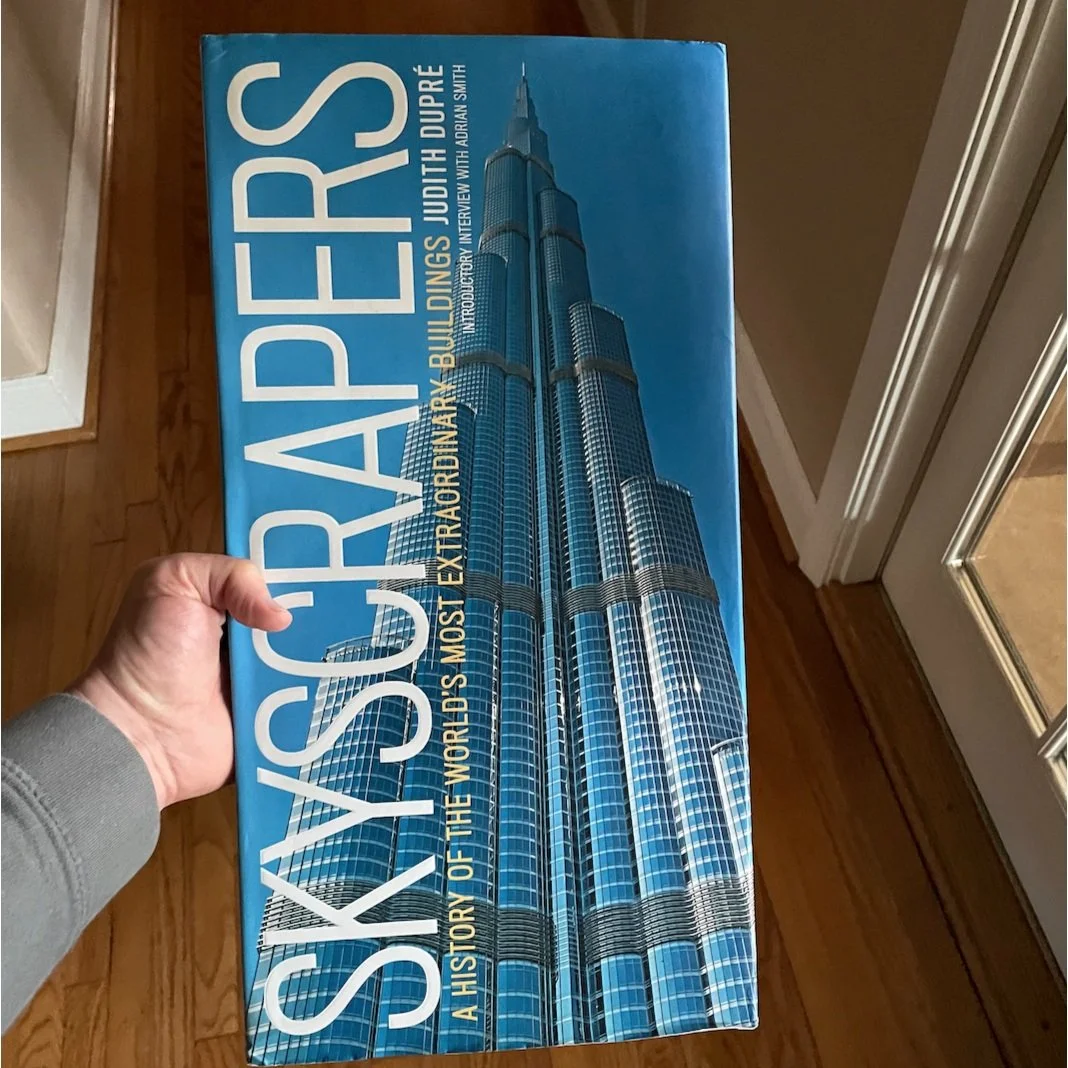Rising
When you think about the things that characterize the greatness of a civilization, what do you think of?
Among the various items most people name off — books, art, music, political institutions, leaders who embody social/political/economic movements — buildings are likely be high on the ladder. After all, when we think about past civilizations, we often think about the structures those societies erected.
Some still stand in defiance of time and history — the Pyramids of Gaza, the Acropolis, the Coliseum, the castles and cathedrals of the middle ages, the estates of the Loire Valley.
Others stand only as legends from the past — the Hanging Gardens of Babylon, the Great Library at Alexandria — but nonetheless loom large in our imaginations.
Over the past century, that greatness has been represented by a very specific type of building, one that could have only been built out of the fires of the industrial revolution: the skyscraper.
Yet these towering paeans to our culture and civilization have become so common to our skylines that we often walk past them, ride in their elevators, look out (and down) from their windows, and generally take them for granted.
”Skyscrapers: A History of the World’s Most Extraordinary Buildings” by Judith Dupre is a beautiful attempt to get us to look up and see the greatest of these giants stretching up toward the sky for what they are: Living artifacts of our social/political/economic organizations, technological advancements, and statements about who we are and aspire to be.
One of the book’s earliest profiles — Ulm Cathedral — gives a strong framework for seeing how deeply these structures and their construction represent the world that they are built in, for and by. Started in 1377, Ulm represents a spiritual view of the universe that took half a millennium to build. Yet the cornerstone was not laid by an official of the church, but by the economic leader of the community, the mayor. It took long term planning and hundreds of crafts people, construction laborers, and what today we’d call engineers to complete. Even the cultural idea of time is baked into this structure: After finishing the choir, the stones were allowed to settle for 50 years before more was done. That means the people who put those stones down did so knowing they would not live to see the next phase of construction — and that it would be their children or grandchildren who’d get it done.
Today, these structures are as likely to be time capsule portraits for who we are as they are to represent various hypotheses for how we should live in the future. Interestingly, many of these ideas about living, working, playing, and shopping all co-existing — and wrought in steel, concrete, glass, and high-tech materials — were created on assumptions about the world that have been called into question by 6 foot social distancing requirements. Nonetheless, many more ideas on sustainability and efficiency are here to stay. For example, the material innovations that diffuse the light and heat of the desert for the Burj Al Arab in Dubai clearly offers ideas that will live on in the next generation of structures.
”Skyscrapers” re-awakens the awe they once inspired in everyone (and still do in kids) through brief case studies in the history of tallness. Along the way, it argues that what we build — the kind of technology we architect into our buildings, how we build and plan our structures, and who builds them (from the owner to the laborer) — is one of the most definitive statements a civilization can make about itself.
I know the next time I ride to the top of a tower, it will be with more awe and wonder about what I’m really inside than ever before.





